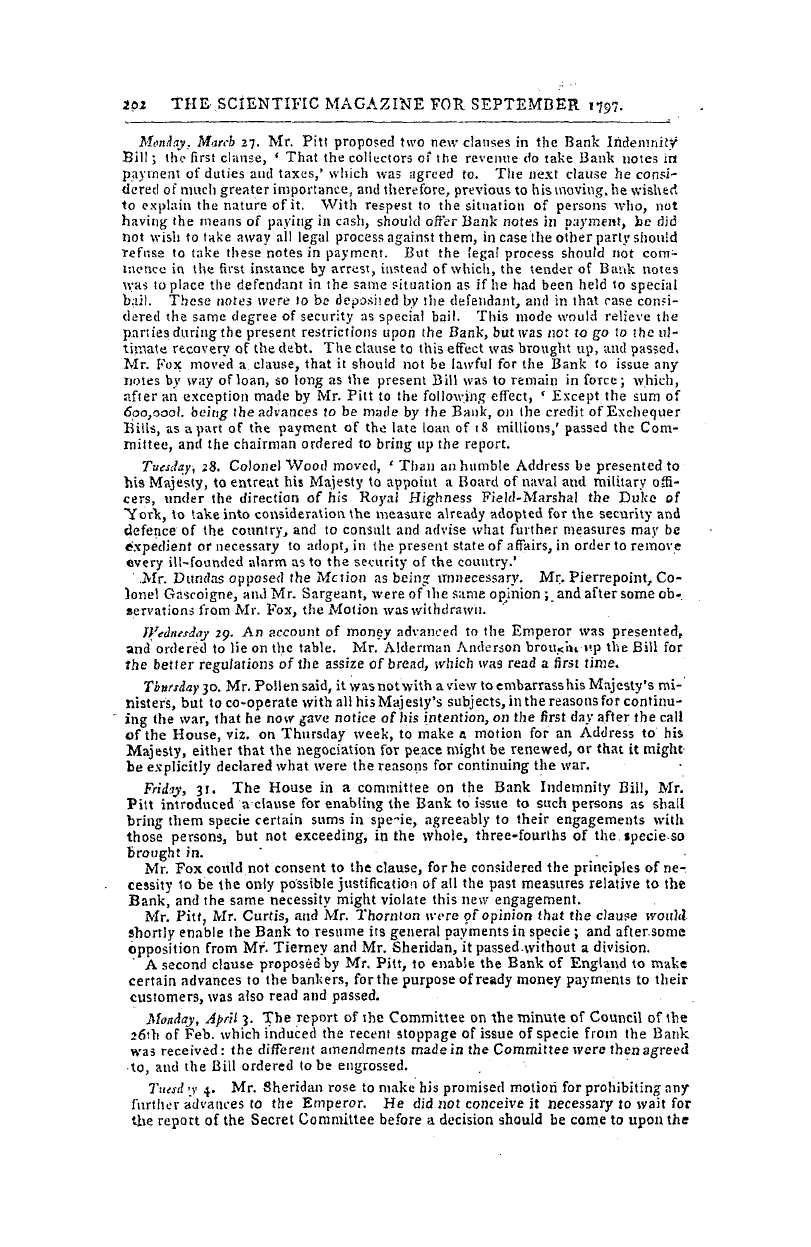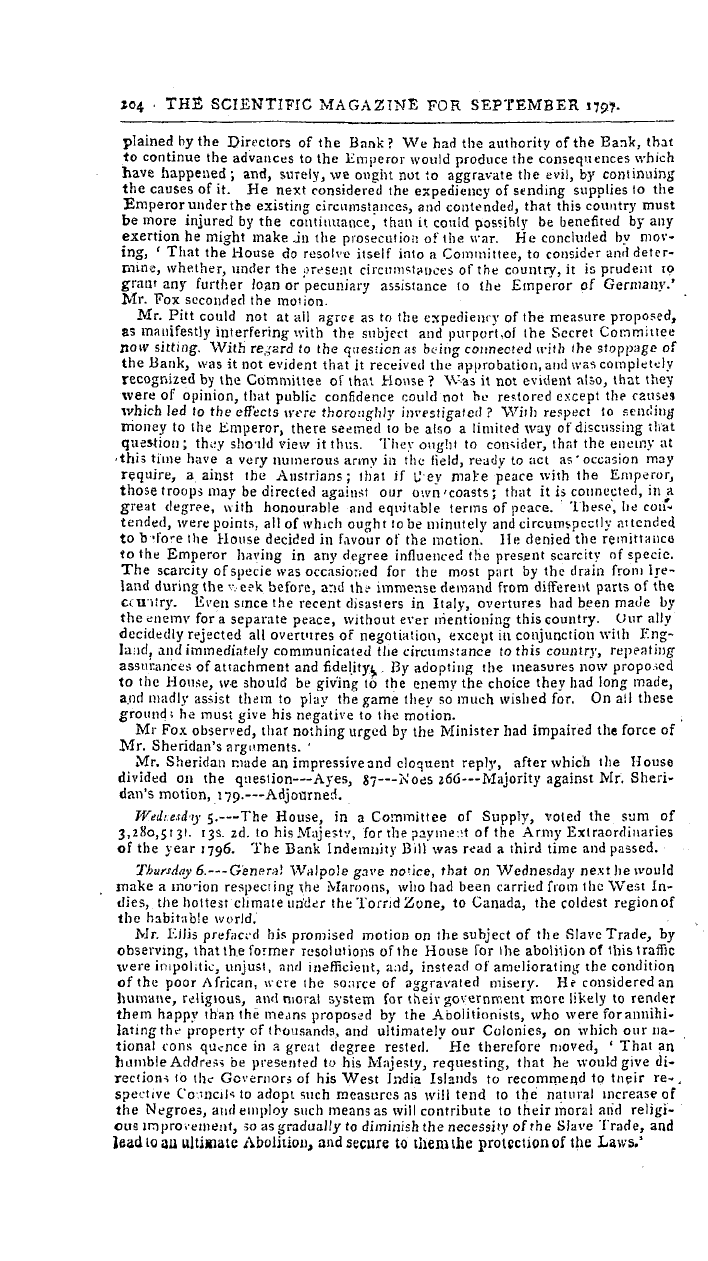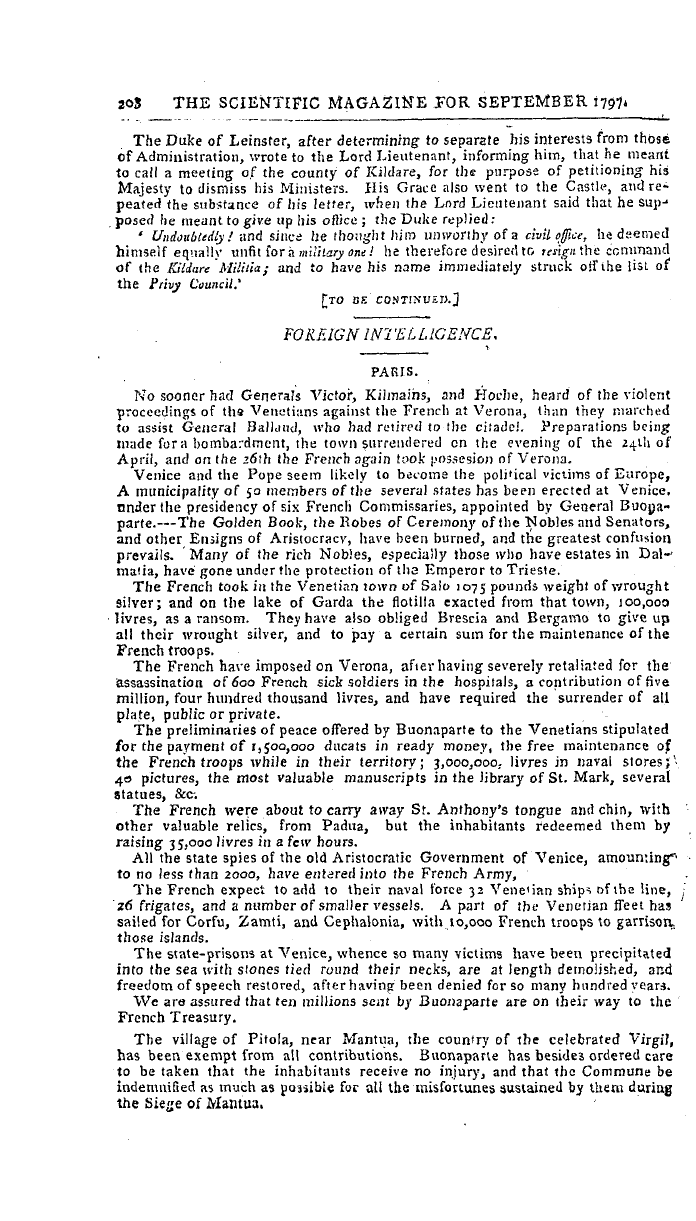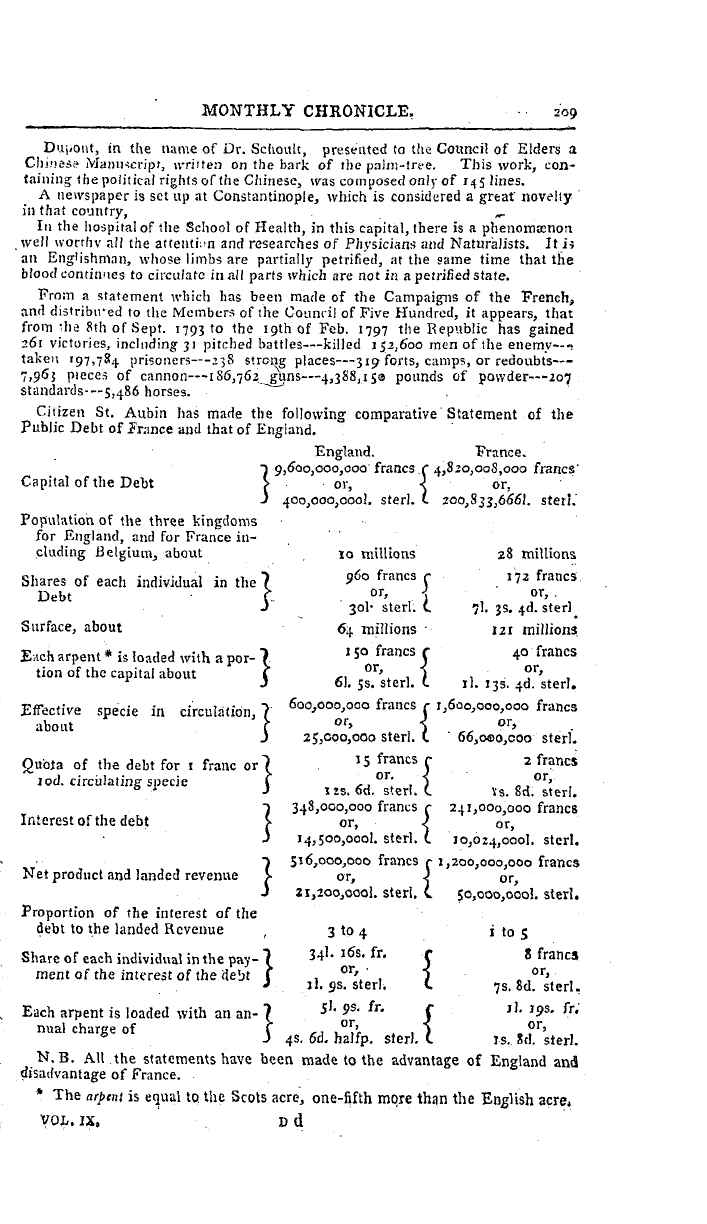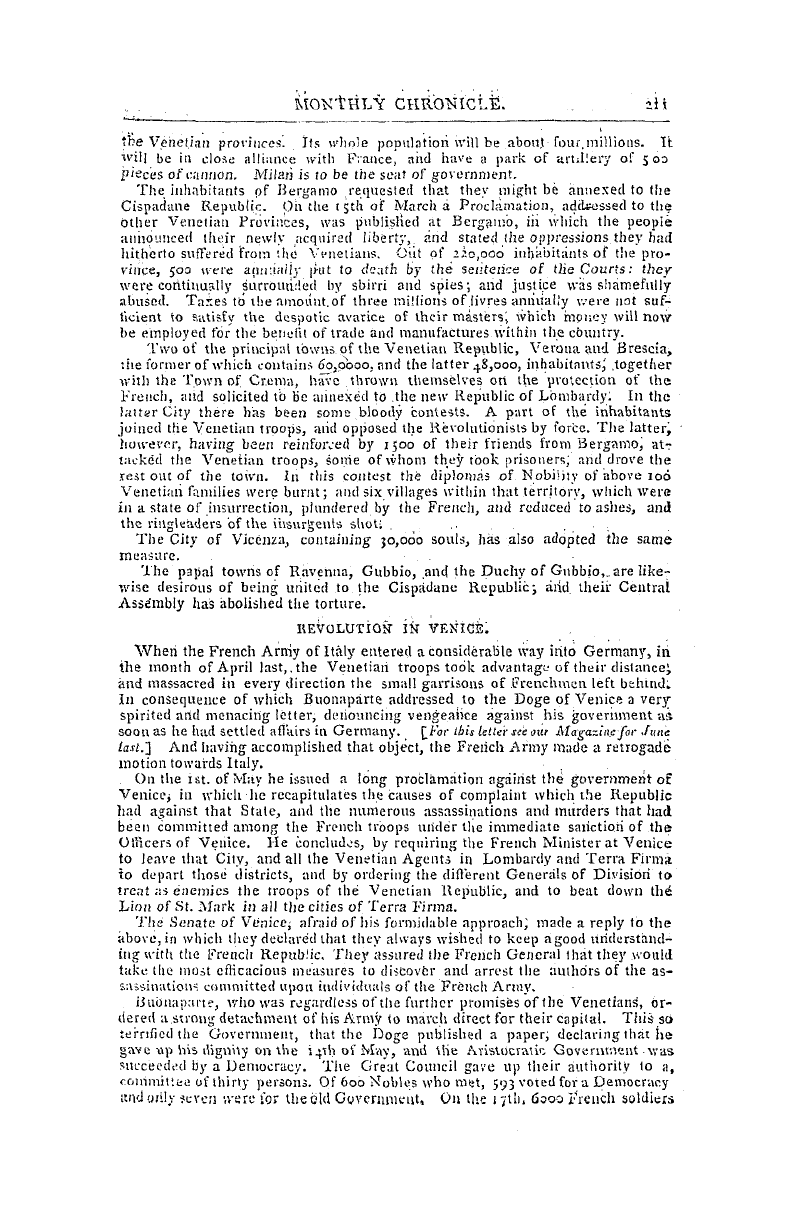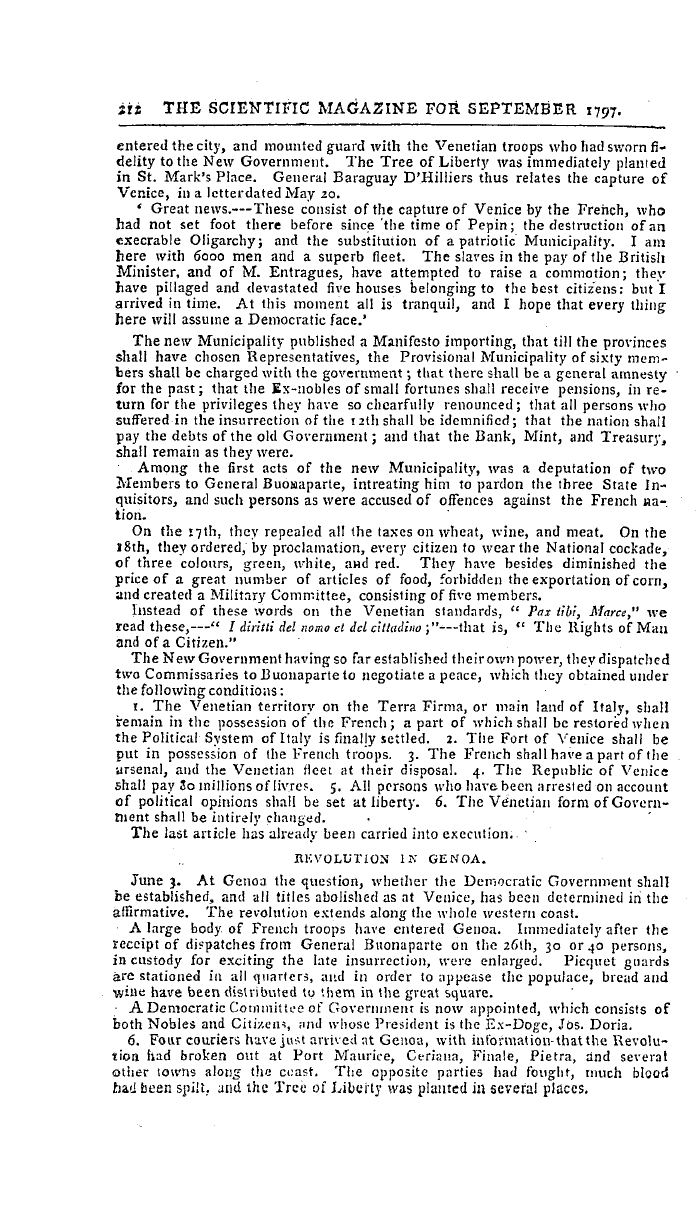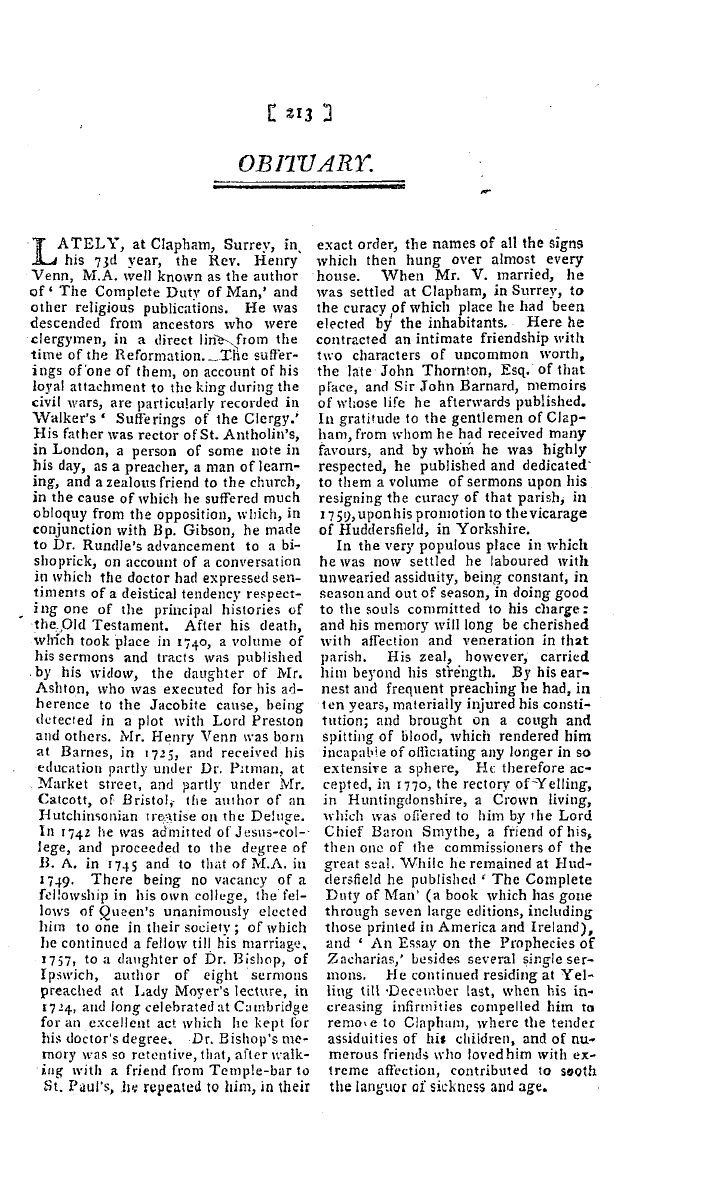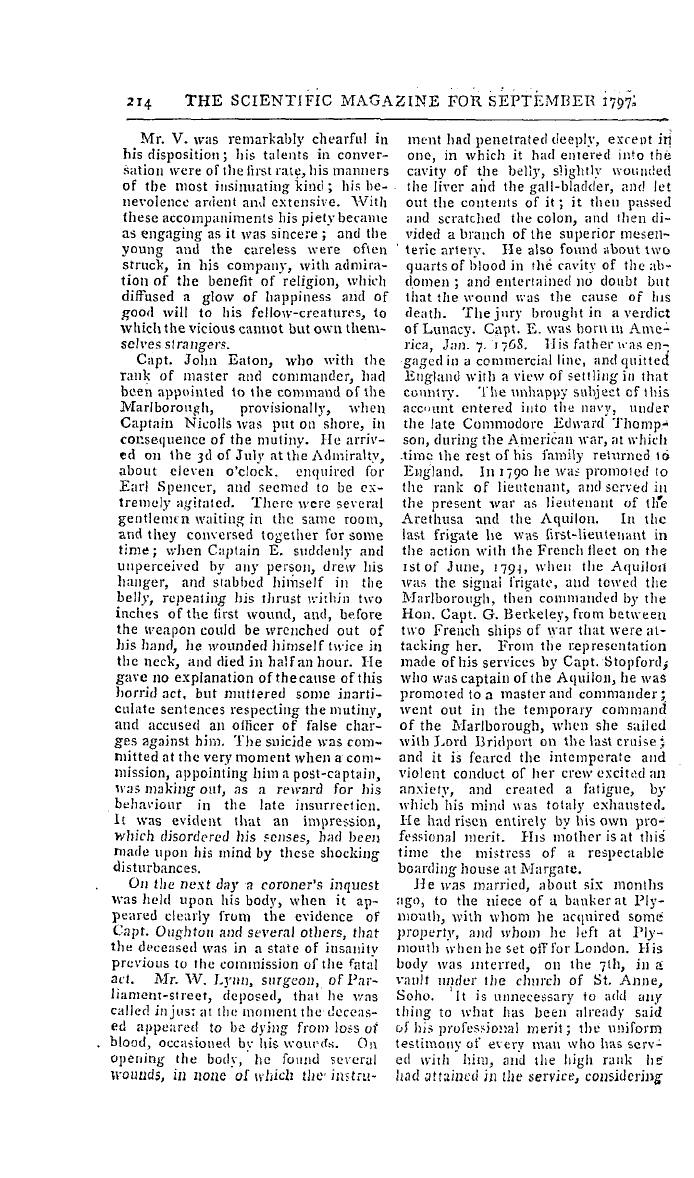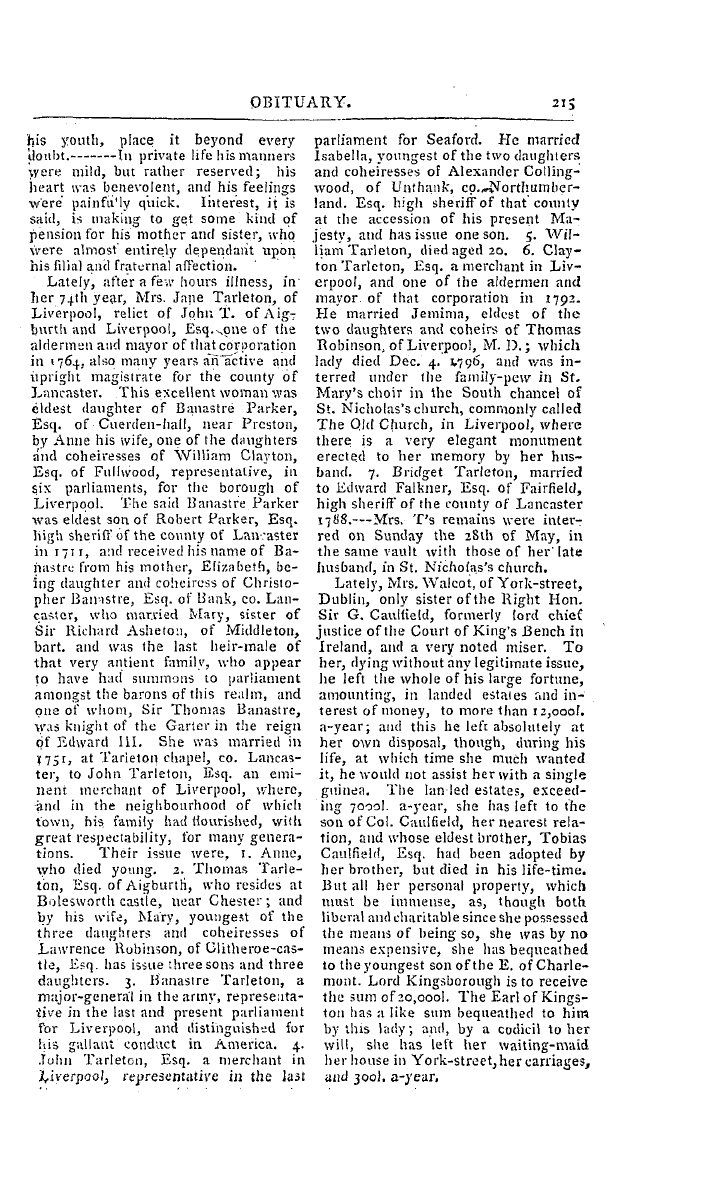-
Articles/Ads
Article A BRIEF SYSTEM OF CONCHOLOGY. ← Page 3 of 4 →
Note: This text has been automatically extracted via Optical Character Recognition (OCR) software.
A Brief System Of Conchology.
beauty at any rate , they are for improving upon nature , and frequently add some lines and colours with a pencil , afterwards covering them with a fine coat of varnish , so that the 3 seem the natural lineations of the shell : the Dutch cabinets are by these means made very beautiful , but they are by no means to be regarded as instructors in natural history . There are some , artificers of this nation who have a way of
covering shells all over with a different tinge from that which nature gives them ; and the curious are often enticed by these tricks to purchase them for new species . There is another kind of work bestowed on certain species of shells , particularly the nautilus : namely , the engraving on it lines and circles , and figures of stars , and other things . This is too obvious a
work of art to suffer any one to suppose it natural . Buonani has figured several of these wrought shells at the end of his work ; but this was applying his labour to very little purpoSe ^ the shells are spoiled as objects of natural history by it , and the engraving is seldom worth any thing . —They are principally done in the East Indies . Shells are subject to several imperfections ; some of which are natural and others accidental . The natural defects are the effect of
age , or sickness in the fish . The greatest mischief happens to shells by the fish dying in them . The curious in these things pretend to be always able to distinguish a shell taken up with the fish alive from one found on the shores ; they call the first a living , the second a dead shell ; and say that the colours are always much fainter in the dead shells . When the shells have lain long dead on the shores , they are subject to many injuries , of which , the being eaten by sea-worms is not the least : age renders the finest shells livid or dead in their colours .
Besides the imperfections arising from age and sickness in the fish , shells are subject to other deformities , such as morbid cavities , or protuberances , in parts where there should be none . When the shell is valuable these faults may be hid , and much added to the beauty of-the specimen , without at all injuring it as an object of natural history , which should always be the great end of collecting these tilings .
The cavities may be filled up with mastic , dissolved in spirit of wine or with isinglass : these substances must be either coloured to the tinge of the shell , or else a pencil dipped in water-colours must finish them up to the resemblance of the rest ; aud then the whole shell being rubbed over with gum-water , or with the white of an egg , scarce any eye can perceive the artifice : the same substances
may also be used to" repair the battered edge of a shell , provided the pieces chipped off be not too large . And when the excrescences of a shell are faulty , they are to betaken down with a . fine file . If the lip of a shell be so battered that it will not admit of repairing hy any cement , the whole must be filed down or ground on the wheel till it become even . Fossil-shells are those found buried great'depths in the earth .
Note: This text has been automatically extracted via Optical Character Recognition (OCR) software.
A Brief System Of Conchology.
beauty at any rate , they are for improving upon nature , and frequently add some lines and colours with a pencil , afterwards covering them with a fine coat of varnish , so that the 3 seem the natural lineations of the shell : the Dutch cabinets are by these means made very beautiful , but they are by no means to be regarded as instructors in natural history . There are some , artificers of this nation who have a way of
covering shells all over with a different tinge from that which nature gives them ; and the curious are often enticed by these tricks to purchase them for new species . There is another kind of work bestowed on certain species of shells , particularly the nautilus : namely , the engraving on it lines and circles , and figures of stars , and other things . This is too obvious a
work of art to suffer any one to suppose it natural . Buonani has figured several of these wrought shells at the end of his work ; but this was applying his labour to very little purpoSe ^ the shells are spoiled as objects of natural history by it , and the engraving is seldom worth any thing . —They are principally done in the East Indies . Shells are subject to several imperfections ; some of which are natural and others accidental . The natural defects are the effect of
age , or sickness in the fish . The greatest mischief happens to shells by the fish dying in them . The curious in these things pretend to be always able to distinguish a shell taken up with the fish alive from one found on the shores ; they call the first a living , the second a dead shell ; and say that the colours are always much fainter in the dead shells . When the shells have lain long dead on the shores , they are subject to many injuries , of which , the being eaten by sea-worms is not the least : age renders the finest shells livid or dead in their colours .
Besides the imperfections arising from age and sickness in the fish , shells are subject to other deformities , such as morbid cavities , or protuberances , in parts where there should be none . When the shell is valuable these faults may be hid , and much added to the beauty of-the specimen , without at all injuring it as an object of natural history , which should always be the great end of collecting these tilings .
The cavities may be filled up with mastic , dissolved in spirit of wine or with isinglass : these substances must be either coloured to the tinge of the shell , or else a pencil dipped in water-colours must finish them up to the resemblance of the rest ; aud then the whole shell being rubbed over with gum-water , or with the white of an egg , scarce any eye can perceive the artifice : the same substances
may also be used to" repair the battered edge of a shell , provided the pieces chipped off be not too large . And when the excrescences of a shell are faulty , they are to betaken down with a . fine file . If the lip of a shell be so battered that it will not admit of repairing hy any cement , the whole must be filed down or ground on the wheel till it become even . Fossil-shells are those found buried great'depths in the earth .


























































